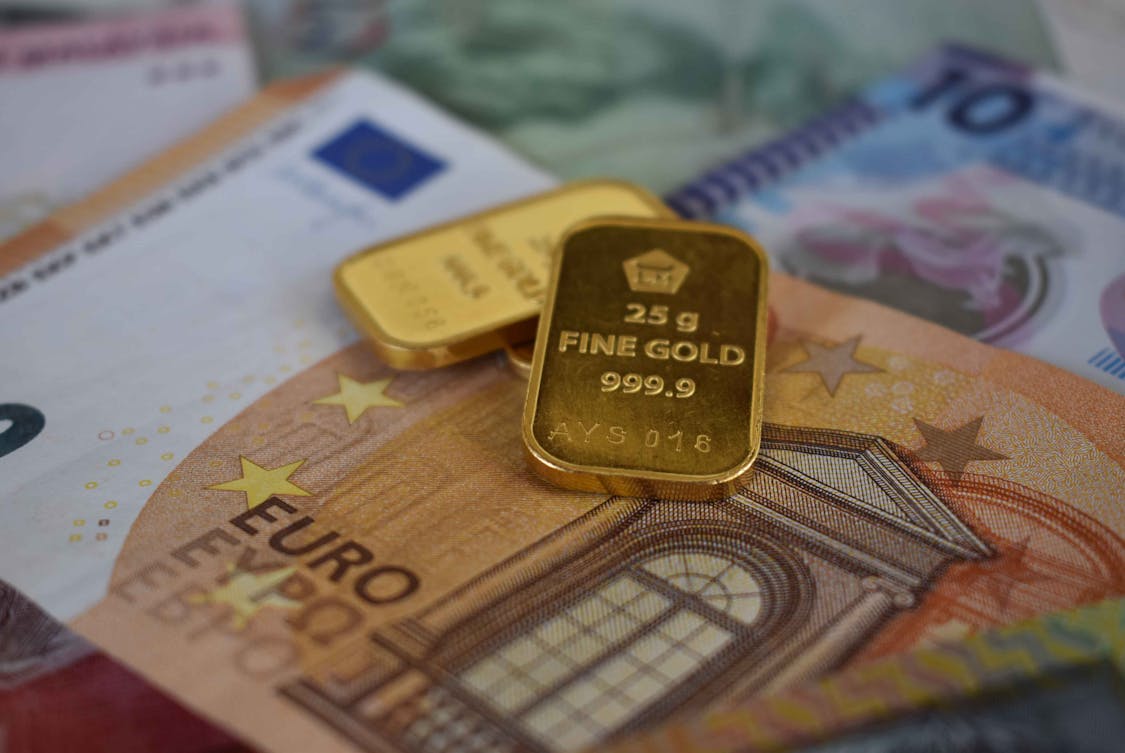In recent times, there’s been a noticeable trend among younger investors gravitating toward gold.
This age-old asset class is once again gaining traction among millennials and Gen Z. But what drives this resurgence? Let’s break it down.
The Appeal of Gold as a Safe Haven
Gold has long been considered a safe haven during periods of financial uncertainty. Young investors today face a unique set of challenges, including rising inflation rates and market volatility.
With economic stability in question, many turn to gold for its historical reliability. This shiny metal has weathered storms before and often acts as a buffer against inflation and currency devaluation.
Young investors often remember stories from older generations about the financial crises of the past. These anecdotes create a backdrop that influences their perception of value.
The idea of a tangible asset—something you can hold in your hand—provides a sense of security that digital assets or stocks often cannot.
The Digital Shift and Accessibility
The rise of technology has transformed how young investors access gold. Online platforms and mobile applications make it easier than ever to buy, sell, and trade gold.
Gone are the days when purchasing gold required a trip to a jeweler or a bank. Today, digital wallets and online marketplaces allow for seamless transactions, opening the door for a younger demographic.
Apps that simplify gold investment provide a sense of empowerment. They enable young investors to manage their portfolios with just a few clicks. This accessibility aligns perfectly with the preferences of tech-savvy generations, making gold an attractive option.
If you’re seeking a trusted platform to start investing in precious metals, consider using Money Metals Exchange for its ease of use and customer-focused approach.
Hedging Against Inflation
With inflation hitting record highs, many young investors are looking for ways to protect their purchasing power. Gold has historically been viewed as a hedge against inflation, as its value tends to rise when the cost of living increases.
Unlike cash, which can lose value over time, gold maintains its buying power.
Recent economic trends have reinforced this mindset. The fear of losing value in traditional currencies pushes young investors to seek alternatives. They realize that diversifying their portfolios with gold can be a prudent strategy in uncertain times.
The Allure of Diversification

Diversifying investments is a common strategy among savvy investors. By spreading assets across various categories, individuals can reduce risk.
Gold is often seen as a non-correlated asset, meaning its value doesn’t necessarily move in tandem with stocks or bonds.
For young investors, incorporating gold into their portfolios offers a way to balance potential high returns from riskier investments. This strategy helps manage risk while capitalizing on market opportunities.
The blend of traditional and modern investment approaches resonates with their desire for stability and growth.
A Shift in Investment Mindset
The investment landscape has shifted significantly. Young investors are more conscious of their financial choices and the impact they have on the world.
Many prioritize sustainable and ethical investing, seeking assets that align with their values. Gold, often viewed as a “clean” investment with fewer ethical concerns compared to other commodities, fits this narrative.
Moreover, younger generations are skeptical of institutions and traditional financial systems. This skepticism often translates into a preference for assets like gold, which they perceive as more tangible and secure. This shift in mindset is reshaping how they approach investments.
The Role of Economic Uncertainty
Current economic conditions play a significant role in the attraction to gold. Geopolitical tensions, supply chain disruptions, and fluctuating job markets create an environment of uncertainty.
Young investors, growing up in a time filled with economic upheaval, are particularly sensitive to these changes.
In uncertain times, the instinct to seek refuge in traditional assets like gold becomes heightened. Many view it not merely as an investment but as a safeguard against potential financial crises.
This protective instinct drives them to allocate funds to gold, reinforcing its status as a valuable asset.
The Influence of Social Media and Community
Social media platforms have transformed the landscape for young investors. Communities on platforms like Reddit, Twitter, and TikTok facilitate discussions about investment strategies. Within these spaces, gold has seen a resurgence among young investors eager to share tips and insights.
The power of community cannot be underestimated. Young investors often turn to peer recommendations and online influencers for advice.
When they see discussions about gold’s stability and value, it reinforces their interest in this precious metal. This communal approach to investing is helping reshape traditional views about asset allocation.
The Gold Market’s Evolution
The gold market has evolved significantly over the years. With the introduction of gold-backed ETFs and digital gold, accessibility has improved. Young investors now have multiple avenues to invest in gold, catering to various preferences and risk tolerances.
Moreover, the concept of fractional ownership allows investors to buy smaller portions of gold. This makes gold investment more affordable and approachable for young individuals who may not have large sums to invest initially.
The evolution of the gold market caters to the evolving needs of younger investors.
Education and Awareness
With the rise of financial literacy initiatives, education around investing has become more accessible. Young investors are increasingly seeking knowledge about different asset classes, including gold. This newfound awareness encourages them to explore gold as a viable investment option.
Online resources, webinars, and educational platforms provide valuable information. Young investors can learn about gold’s historical performance, market trends, and its role in a diversified portfolio. This educational push is empowering them to make informed decisions.
Emotional Connection to Wealth Preservation
For many young investors, the desire to create generational wealth and preserve it is strong. Gold carries emotional significance, as it has been associated with wealth and prosperity for centuries. The notion of passing down gold to future generations resonates deeply with this demographic.
Investing in gold can feel like a commitment to longevity. It symbolizes a legacy that they can leave behind. This emotional connection to wealth preservation further fuels the trend of young investors leaning toward gold.















